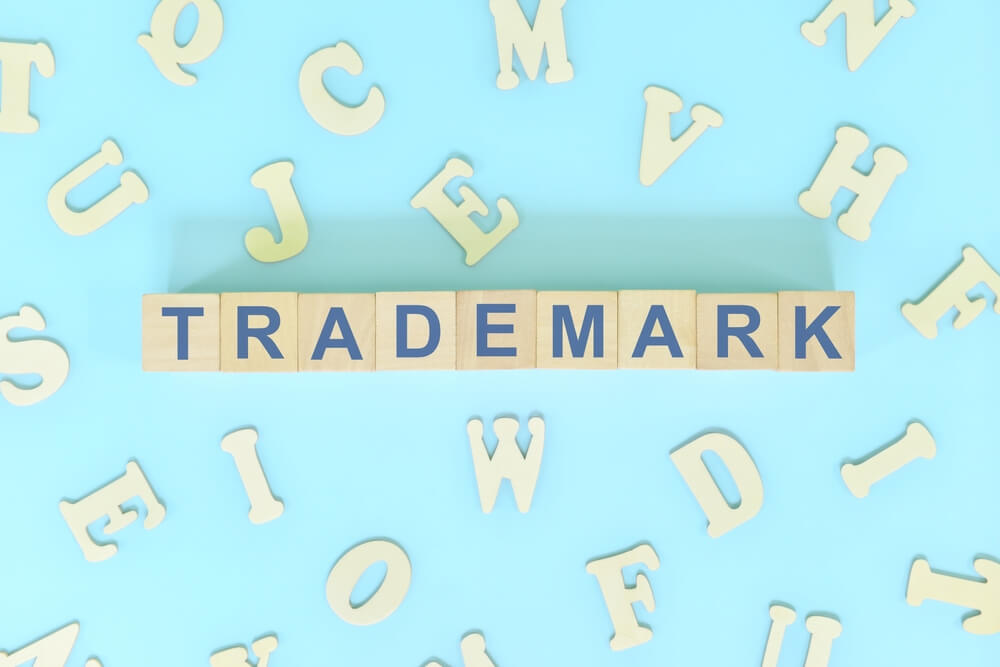How to find Trademarks according to their Class?

How to find Trademarks according to their Class?
It is crucial to find and categorise trademarks according to the 45 distinct classes set by the NICE classification, also known as the International Certification of Goods and Services. Each class of trademarks designates a particular assortment of goods and services. Trademark class is crucial since only the classes that you specified in your application will be protected by your trademark registration.
What is a Trademark
A trademark can be a symbol, word, phrase or design which is used to distinguish the products or services of one company from those of other companies. It aids in brand recognition and distinguishes you from competitors in the marketplace. By way of intellectual property rights, trademarks are safeguarded.
Goods Trademark Classification
A final product is classified according to its use and purpose. If it is assumed that the product is not mentioned in any of the classes, it is compared to the other finished products listed in the list.
A product with multiple applications can be classified into any of the classes that correspond to one of its functions. If those functions are not listed in any class, then additional criteria, such as the raw materials or mode of operation of the product, should be considered.
The material from which they are made determines how raw materials or semi-worked goods are classified. When multiple materials are used to make a product, the dominant material is used to organise it.
Services Trademark Classification
The branches of the activities listed in the service classes’ headers and explanatory remarks provide the basis for categorising the services.
- Rental services fall under the same category.
- Services that offer advice, information, or consultation fall under the same category as services pertaining to the subject area of those services.
Importance of Trademark Class
The classification of trademarks has two purposes: it provides a framework for the application of trademarks and can help identify potential trademark infringers.
It’s crucial to choose and file the appropriate trademark class of products or services when submitting a trademark registration application. If the applicant chooses the incorrect class, they may be unable to enforce their trademark rights in the event of an infringement.
How to select a Trademark Class
Determine the nature of the goods or services.
The first step in selecting a trademark class is to determine the nature of the business’s products or services. Then select the class which corresponds with the businesses’ goods/services.
Use the NICE Classification system.
India is a member of the Nice Agreement, which means that the Indian trademark classification system is based on the Nice Classification system. Conduct good research on the list provided by NICE.
Conduct a trademark search.
Before selecting a trademark class, conducting a trademark search is crucial to ensure that the chosen mark is not already registered or being used by another company in the same class or a similar class.
Seek professional advice.
If one is unsure about which trademark class to choose, it is recommended to seek professional advice from a trademark attorney or agent.


